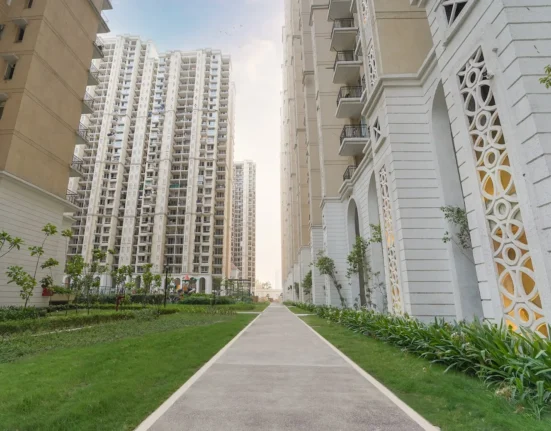Details such as the policy language, terms, and exclusions are what determine the breadth and depth of insurance coverage. When it comes to safeguarding one’s commercial property, this is true of all types of insurance. Valuation methods and the policy’s core limits, deductibles, coinsurance provision (if applicable), and price all play a role in the assessment process when it comes to putting together a comprehensive Property insurance program. In addition, it’s crucial to look at any gaps in coverage and see if any extra coverages are available to fill them.
Ordinance or Law insurance is an essential but often-overlooked option for extending the protection provided by a property policy. Owners of office/industrial business space and residential buildings, as well as municipal property, will benefit from this enhanced coverage. A property owner’s protection would be significantly weakened if they didn’t have this insurance.

Any damage to the real physical structure due to a fire or other covered loss, including the cost of repairing or rebuilding it, would be covered under a regular Property policy without the inclusion of necessary Ordinances or Law coverage. There is, nevertheless, the chance that (depending on the precise circumstances) the entire building, or a portion of the building, may have to be demolished if only a piece of it was damaged and the rest was made unusable or condemned by ordinance. Only the portion of the property damaged by a “covered risk” (as defined in the Property insurance policy) would be covered by an unendorsed Property insurance policy. In addition, if the undamaged portion of the structure has to be demolished by municipal law or legislation, one might not be covered for the demolition expenditures.
The additional costs of bringing the damaged building into compliance with local ordinances or rules after a loss aren’t covered if it wasn’t up to code when the loss occurred. Increased building code and municipal ordinance compliance costs might be significant for older buildings that don’t meet certain requirements. It is possible that a building that was built to code in the past may no longer be in compliance. Fire sprinklers, stronger wiring and impaired accessibility, to name a few, are among the ever-evolving requirements of building codes. Building techniques in areas prone to earthquakes, hurricanes, and floods are subject to stricter regulations than in other areas. For example, legislation limiting or demanding the elevation of buildings above flood or tide levels are frequent in flood zones and coastal storm areas.
Many building and zoning laws include “grandfather” clauses that allow existing structures or occupants to continue in use without needing to comply with the new requirements. However, the proviso can often be that if the property is substantially damaged, compliance with the current law will be required in order to repair or rebuild.
Protection from these all-too-common dangers is provided by ordinance or law coverage.









